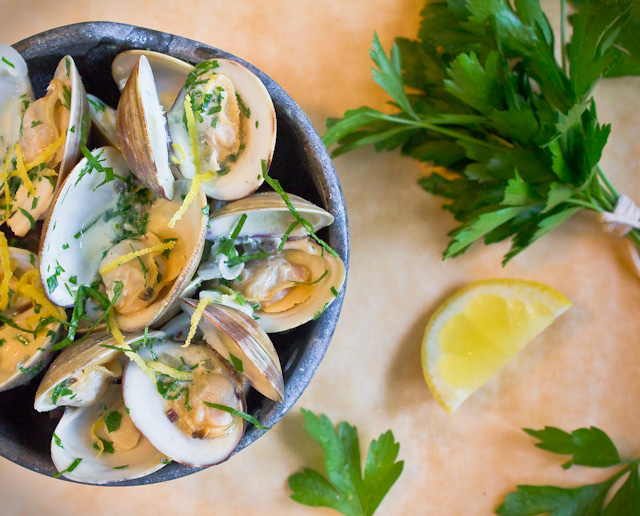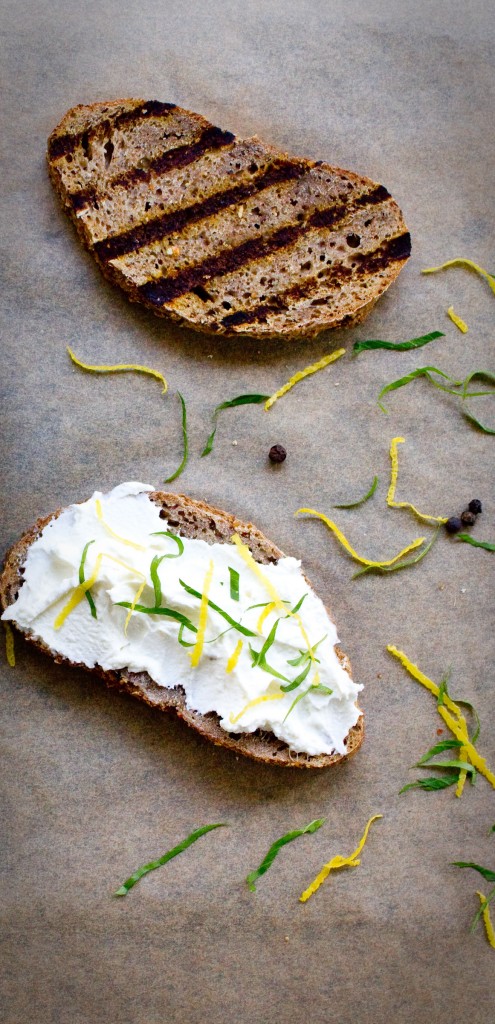 Help! Thanksgiving is 72 hours away and while you have been dog-earing cookbooks for weeks, shopped the weekend before, and even managed to avoid the elbow to your shoulder by the feisty octogenarian who was going to in NO WAY let you have the store's last quart of whipping cream (this actually happened to me in graduate school), you just realized that you totally forgot to plan for something to occupy your relatives while you get the food ready for the table. And so inevitably they will end up equally split between hovering directly in your path in your tiny overheated kitchen or rehashing the recent election and whatswrongwiththiscountry requiring a last-minute rearrangement of the pilgrim place cards. Again. Help! Thanksgiving is 72 hours away and while you have been dog-earing cookbooks for weeks, shopped the weekend before, and even managed to avoid the elbow to your shoulder by the feisty octogenarian who was going to in NO WAY let you have the store's last quart of whipping cream (this actually happened to me in graduate school), you just realized that you totally forgot to plan for something to occupy your relatives while you get the food ready for the table. And so inevitably they will end up equally split between hovering directly in your path in your tiny overheated kitchen or rehashing the recent election and whatswrongwiththiscountry requiring a last-minute rearrangement of the pilgrim place cards. Again.Oh, right, and you have overzealously planned an almost too complicated multi-course meal culled from your favorite food blogs, and have no time left in the schedule or room in the oven to make another darn thing. So, put it on toast. Or bread, or thick oat-y crackers or toasted wedges of pita. Here are a bunch of ideas, some quicker than others, for holiday-worthy crostini. If you have the time, or children with idle hands, these all look pretty assembled and arranged on a platter, particularly the repetition of the shape and colors. However, if you are pressed for time, just put all of the elements on a platter in small bowls with a heap of sliced bread rounds and your guests will love getting all interactive. If you can manage, you can slice say a baguette on a deep angle to make long elegant oval slices, maybe brush it with olive oil or rub it with garlic and toast it in a low oven on a cookie sheet. Or grill it quickly to get nice grill marks. But again, fresh sliced good crusty bread is great just as is. Also check with local food markets to see if any have frozen par-baked baguettes that you can finish in the oven yourself. Here are several ideas, but definitely come up with your own with what you have on hand. Just try to mix tastes and textures. Layer something creamy/mushy on the bottom so it all sticks to the bread, and maybe top with something crunchy or colorful, or fresh herbs. Gobble gobble.
And this roasted squash on toast recipe from Jean-Georges Vongerichten is next on my list to try. | ||||||||||||||||||||||
Here is an elegant meal or appetizer, that takes not more than minutes to whip up. Warm, rich and creamy, it is a great recipe to keep in mind for winter holidays. Serve it with crusty bread for soaking up the outrageously good sauce left behind, or serve the whole thing over pasta for a more substantial dish.
| ||||||||||||||||||||||
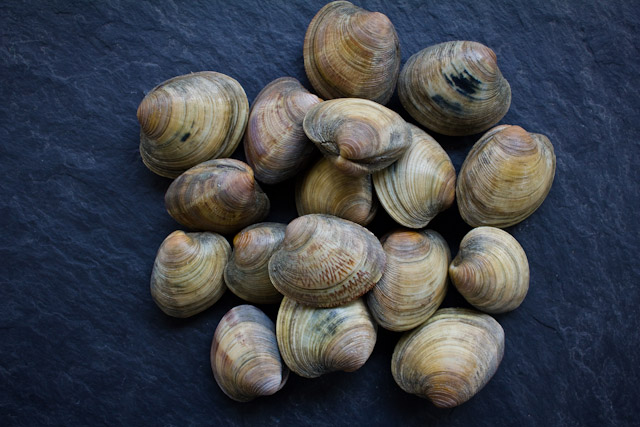 Not just for summer fetes on the beach, clams and other bivalves are a spectacular, and traditional, addition to the holiday table, and perhaps even more importantly, the holiday cocktail hour. A few critical steps can help insure a grit-free mouthful, and will dramatically reduce your chances of getting that one bad clam. Buying Buying the freshest seafood you can get is always the most important place to start, and the best way to help with this is to get to know the people at the seafood counter. If picking them out yourself, look for clams that are not chipped, cracked, or have a damaged shell in anyway. If buying them already bundled, discard any that are broken. Always buy a few more than you need in case of broken shells or clams that don’t open. Storing Store clams in a bowl in the refrigerator covered with a damp cloth. They can keep for a day or two, but the sooner you use them the better for all. Cleaning The day you want to cook them again go through all of the clams and discard any that have a damaged shell. (when in doubt…throw it out.). Scrub the outside of each shell thoroughly to remove any dirt. As you are going through, one by one, if you find a clam that is open, gently tap it on the counter. If it doesn’t close within a minute or two, it is dead and should be thrown out. This is a critical step, as it will look like all the others that have also opened, after they all cook, and yet could potentially make you sick. Any that are dead at the start need to go. Place all of the scrubbed clams in a large bowl, or the sink, and cover with cold water by an inch or two. Allow the clams to sit for twenty minutes in the water. The clams will spit out any grit they have inside their shell. Don’t leave them in the water for much longer than twenty minutes, or they will die. Remove the clams gently, by hand, from the bowl, leaving the dirt and sand behind at the bottom. Pouring them into a colander or scooping them out abruptly could stir up the grit and get it back in the shells. Cook as desired (more on this later this week.). And discard any clams that have not opened during the cooking process.  | ||||||||||||||||
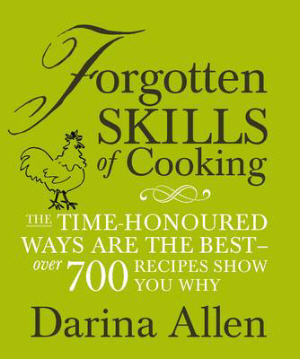 Here are a few of my favorite cookbooks ever. And more than that, they are also my favorite cookbooks to give as gifts. Each are beautiful to just read and admire the artwork and photos, but also offer unique information, recipes, instruction or skills, that sets them apart from the dozens and dozens and dozens I have on my shelves. Here are a few of my favorite cookbooks ever. And more than that, they are also my favorite cookbooks to give as gifts. Each are beautiful to just read and admire the artwork and photos, but also offer unique information, recipes, instruction or skills, that sets them apart from the dozens and dozens and dozens I have on my shelves.Forgotten Skills of Cooking: The Time-Honored Ways are the Best, by Darina Allen Stir by Barbara Lunch Inspired by Ingredients, by Bill Telepan The Flavor Bible, by Karen Page and Andrew Dornenburg The Fundamental Techniques of Classic Cuisine, from the French Culinary Institute Artisan Bread in Five Minutes a Day, by Jeff Hertzberg MD and Zoe Francois | ||||||||||||||||
I just saw this great tutorial on Instuctables.com on how to make your own cookie cutters.
[caption id="attachment_928" align="alignnone" width="560" caption="photo by j_l_larson, on instructables.com"] 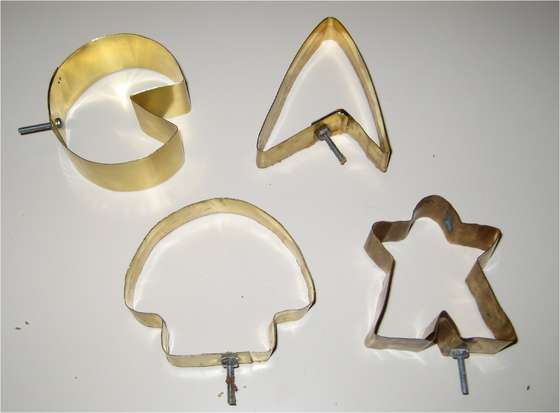 [/caption] [/caption][caption id="attachment_929" align="alignnone" width="560" caption="photo by j_l_larson, on instuctables.com"]  [/caption] [/caption]Genius idea. Particularly for hard-to-shop-for-relatives-with-quirky-interests (you know who you are...). Make a cutter that suits them, whip up a batch of cookies, bundle up said cookies, and tie their custom cutter on top with a big shiny bow for their own future batches. Maybe even include a cookie recipe card if you are feeling particularly jolly. Thanks j_l_larson and instructables.com! | ||||||||||||||||
|
|
{ welcome! }
 Catie Baumer Schwalb is a chef, food writer and photographer, who splits her life between the city and the country. Not too long ago Catie was a New York City based actress and playwright for more than a decade. She has her Master of Fine Arts from the National Theater Conservatory, and her Grand Diplôme in classic culinary arts from the French Culinary Institute in New York City.
... Read More ≫
Catie Baumer Schwalb is a chef, food writer and photographer, who splits her life between the city and the country. Not too long ago Catie was a New York City based actress and playwright for more than a decade. She has her Master of Fine Arts from the National Theater Conservatory, and her Grand Diplôme in classic culinary arts from the French Culinary Institute in New York City.
... Read More ≫{ get in touch }
{ what's new }
September 12, 2015
August 19, 2013
August 15, 2013
August 13, 2013
August 1, 2013
{ favorites }
{ archives }
Appetizers / Breads & Pastry / Breakfast / Cakes / Canning / Condiments / Dinner / DIY foods / Drinks / Fall / favorites / Grains / Holidays / Local / Noodles & Pasta / Pies & Tarts / Poultry / Salads / Seafood / Snacks / Soup / Spring / Summer / Sweets / Techniques / Vegetables / Vegetarian / Winter /
{ currently reading }
|



